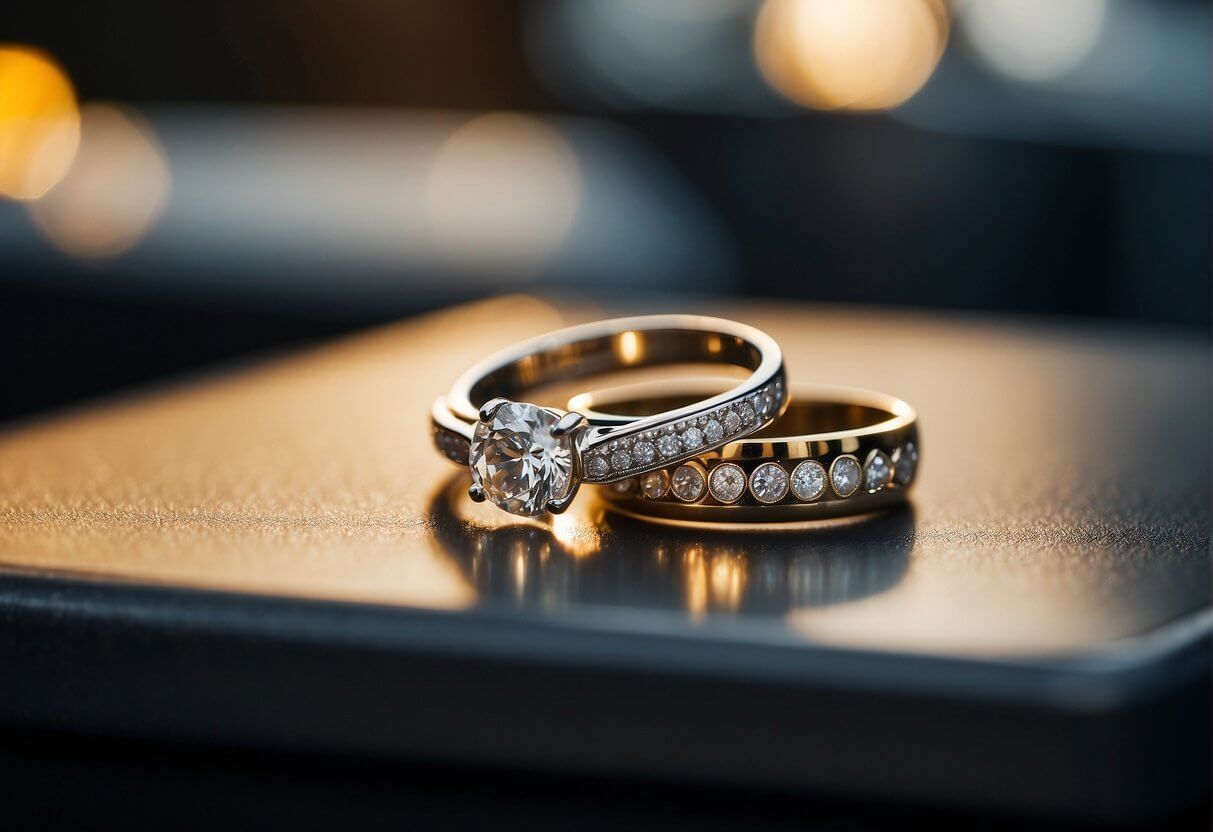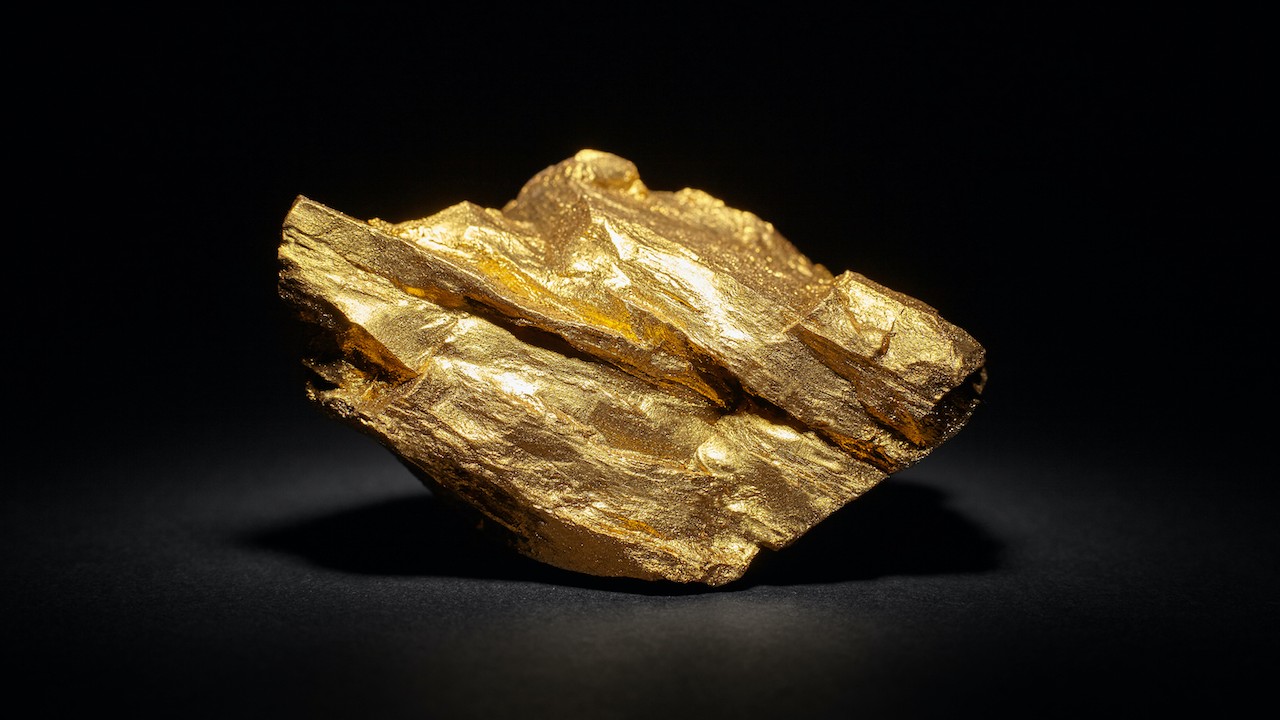Diamonds come in a variety of shapes, each with its own unique characteristics that appeal to different tastes and preferences. Choosing the right diamond shape involves understanding the pros and cons of each option to make an informed decision that suits both aesthetic preferences and practical considerations.
Introduction to Diamond Shapes
When it comes to diamonds, the shape refers to the outline or form of the stone when viewed from above. While many people may use the terms “shape” and “cut” interchangeably, in diamond terminology, they have distinct meanings. The shape of a diamond is a fundamental aspect that influences its appearance, brilliance, and overall appeal in jewelry.
What Defines a Diamond Shape?
Diamond shapes are categorized based on their outline when viewed from the top (the table). The most common diamonds shapes pros and cons include round, princess, emerald, oval, marquise, pear, cushion, asscher, heart, and radiant cuts.
Importance of Diamond Shape in Jewelry
The shape of a diamond plays a crucial role in determining the overall style and appearance of the jewelry piece. Different shapes can evoke different feelings and styles, from classic elegance to modern sophistication.
Popular Diamond Shapes Overview
Before delving into the specifics of each diamond shape, let’s take a brief look at some of the most popular options available in the market today:
- Round Diamonds
- Princess Cut Diamonds
- Emerald Cut Diamonds
- Oval Diamonds
- Marquise Cut Diamonds
- Pear-Shaped Diamonds
- Cushion Cut Diamonds
- Asscher Cut Diamonds
- Heart-Shaped Diamonds
- Radiant Cut Diamonds
Each of these shapes has its own unique characteristics and appeal, making them suitable for various jewelry designs and personal preferences.
Round Diamonds
Pros of Round Diamonds
Round diamonds are often considered the classic choice and have been popular for centuries due to their timeless appeal and excellent light performance.
Brilliance and Sparkle
Round diamonds are renowned for their unparalleled brilliance and sparkle. Their symmetrical shape and precise faceting maximize light return, creating a stunning display of brilliance that catches the eye.
Timelessness in Design
As the most traditional diamond shape, round diamonds never go out of style. They are versatile and complement a wide range of settings and styles, making them a timeless choice for engagement rings and other jewelry pieces.
Wide Availability
Round diamonds are the most popular and widely available shape, which means you’ll have a vast selection to choose from. This availability also contributes to competitive pricing compared to less common shapes.
Cons of Round Diamonds
Despite their popularity and beauty, lab made diamonds, round diamonds may not be the perfect choice for everyone due to certain drawbacks.
Higher Cost Per Carat
Round diamonds tend to be more expensive per carat compared to other shapes. This is partly due to the high demand and the fact that more of the rough diamond is lost during the cutting process to achieve the round shape.
Less Unique Appearance
Because round diamonds are so popular, they may lack the uniqueness and individuality that some people desire in their jewelry. Those looking for a more distinctive or personalized design might prefer a different shape.

























